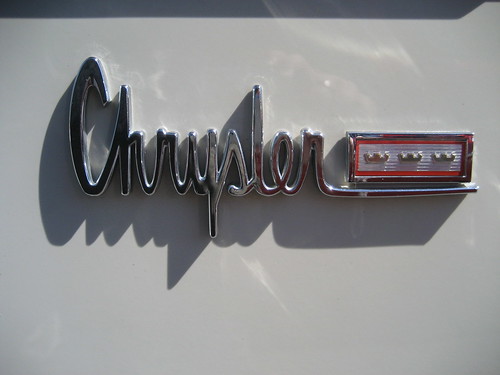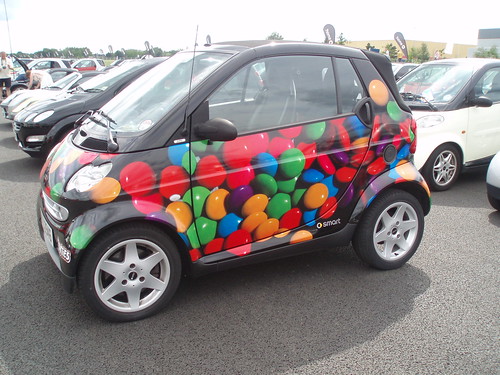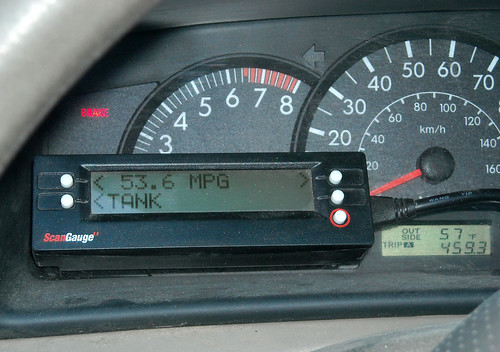
(Source: Business Week)
As the commercial model of India’s microcar is unveiled, U.S. carmakers would do well to learn from the innovations that brought it about
When Tata Motors (TTM) unveiled a prototype of its Nanomicrocar at the Delhi Auto Show in January 2008, auto executives around the world were aflutter. Quickly, they hustled teams to India to document the planned $2,000 “people’s car.” And industry watchers and innovation experts soon reported on the engineering and supply-chain breakthroughs behind the car.
Some 14 months later, Tata is set to show off the commercial version of the Nano, on Mar. 23. Today, the U.S. auto industry is struggling to survive, with General Motors (GM), once the world’s biggest carmaker, on the brink of bankruptcy. Look beyond the Nano halo and it’s clear that Tata Motors has problems of its own, from the $2.3 billion in debt it took on to purchase Jaguar and Land Rover from Ford Motor (F) last year to the sums sunk into the Nano assembly plant in West Bengal that had to be abandoned. On top of that, there are the Nano competitors in development.
Still, no one disputes that the Nano is innovative on multiple levels—from its engineering to its marketing to its manufacturing. So it’s hard to avoid the question: What can a humbled Detroit learn from the Tata Nano?
A lot. The lessons start with the vision of Ratan Tata, chairman of Tata Motors’ parent, Tata Group, to create an ultralow-cost car for a new category of Indian consumer: someone who couldn’t afford the $5,000 sticker price of what was then the cheapest car on the market and instead drove his family around on a $1,000 motorcycle. “Just in India there are 50 million to 100 million people caught in that automotive chasm,” says vice-president Vikas Sehgal, a principal at Booz & Co. And yet none of the automakers in India were focused on that segment. In that respect, the Nano is a great example of the so-called blue ocean strategy.
ROADS TO GREATNESS
“Great companies are built on creating new markets, not increasing market share in existing ones,” says Vijay Govindarajan, a professor at Tuck School of Business at Dartmouth College and chief innovation consultant at General Electric (GE), who quickly runs off 10 lessons for Detroit. Among them: U.S. automakers should focus less on incremental improvements to existing cars or adding a new model to the Cadillac line in order to compete against Lexus, and think more broadly about new market opportunities. Where, in other words, are Detroit’s blue oceans?
Click here to read the entire article.





